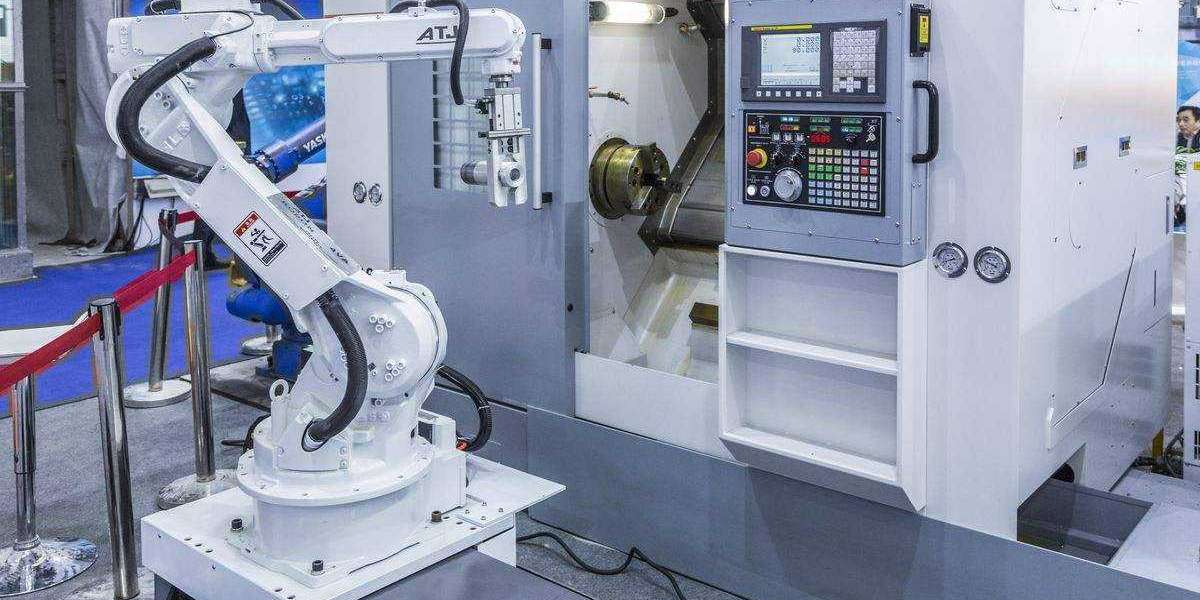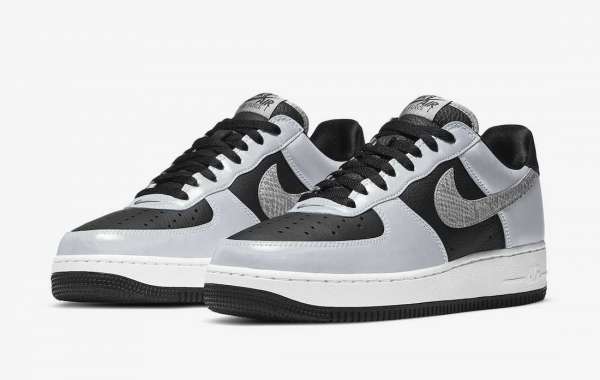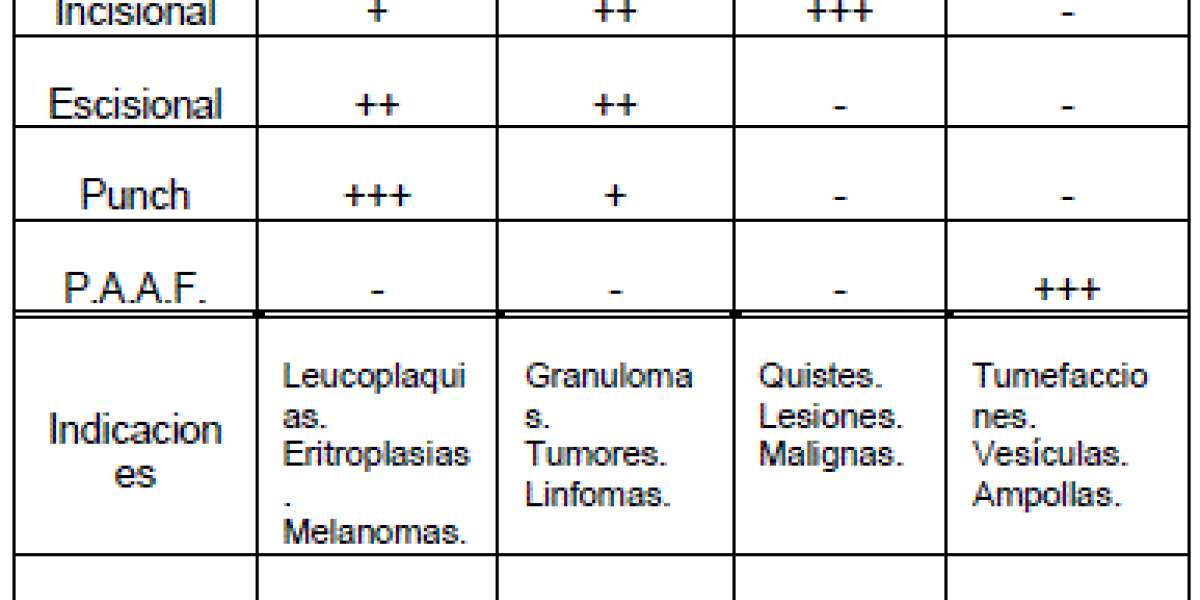3d printing vs cnc
3D printing is a rapidly growing technology with many advantages over traditional manufacturing methods. It however has its problems, including that 3D printing cannot be effectively used for mass production, and is limited in speed and accessibility. Another manufacturing technique for low-to-mid production is CNC machining (computer numerical control), a fairly common subtractive technique for part creation. We decided to compare the advantages and disadvantages for each method to establish where these technologies are most appropriate.
Subtractive vs Additive Manufacturing
They key difference between 3D printing and CNC machining is that 3D printing is a form of additive manufacturing, whilst CNC machining is subtractive. This means CNC machining starts with a block of material (called a blank), and cuts away material to create the finished part. To do this, cutters and spinning tools are used to shape the piece. Some advantages of CNC machining include great dimensional accuracy as well as many compatible materials, including wood, metals and, plastics.
3d printing vs CNC
3D printing, or additive manufacturing, involves parts being created layer-by-layer using materials such as plastic filaments (FDM), resins (SLA/DLP), plastic or metal powders (SLS/DMLS/SLM). Using a source of energy such as a laser or heated extruder, layers of these materials are solidified to form the finished part. Advantages of 3D printing include its freedom of shape, applications in many sectors, accuracy, speed, and ability to cut costs and weight in parts.
There are however several machines that have sought to combine these two forms of manufacturing in one. Most notably of these, the ZMorph 2.0 SX, is marketed as a CNC mill which also functions as a 3D printer. This includes a CNC mill with 3 axes as well as a print head due to its interchangeable heads. Moreover, several companies have recently closed successful Kickstarter campaigns with these combined machines, such as Mooz’s 3-in-1 3D printer.
3d printing vs cnc
The ZMorph SX 2.0 includes interchangeable CNC and 3D printing heads.
3D Printing vs CNC Machining: Materials
Both 3D printing and CNC machining are compatible with a wide variety of materials, including both plastics and metals. 3D printing however is more focused on plastics overall, though this is changing rapidly as better and more affordable ways of 3D printing metal are being developed by manufacturers such as 3D Systems, Arcam, Desktop Metal and Markforged.
The most commonly used plastics used in CNC include ABS, Nylon (PA66), Polycarbonate (PC), Acrylic (PMMA), Polypropylene (PP), POM and PEEK. A very commonly used metal in CNC machining is aluminium, used by prototyping companies to create high-quality prototypes in a variety of industries. Aluminium is recyclable, has good protective qualities, and can create effective prototypes for machining. Other commonly used metals include stainless steel, magnesium alloy, zinc alloy titanium, and brass.
3d printing vs cnc
Aluminium is a commonly used metal with CNC due to its good mechanical properties.
In 3D printing, commonly used thermoplastics include ABS, PLA, Nylon, ULTEM, but also photo-polymers such as wax, calcinable or biocompatible resins. Some niche 3D printers also allow for the printing of parts in sand, ceramics, and even living materials. The most common metals used in 3D printing include aluminium, stainless steel, titanium, and inconel. It is also worth noting that to 3D print metal, expensive ($100,000+) industrial machines are required. Some materials such as superalloys or TPU (flexible material) cannot be created with CNC, so must be used with 3D printing or rapid tooling technology.








